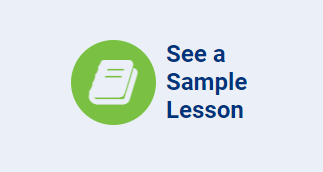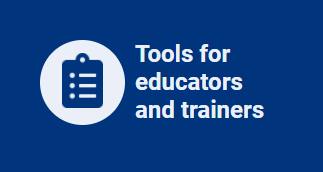Role-Plays
Role-plays allow cognitive and behavioral rehearsal and help develop communication skills. Using role-plays in Get Real enables students to practice communicating in sensitive situations, such as standing up to peer pressure or decision making about sexual behaviors.
Adapting Role-Plays
Some middle school students will not identify with the characters in role-play scenarios that deal with sexual activity. To reduce discomfort with these scenarios, teachers can tell students that the characters are older teens or young adults who need advice in order to make decisions. While keeping the goal of the role-plays intact, teachers can feel free to change details such as names or locations to make the scenarios more appealing and culturally relevant to the students. Changing names is also important to avoid embarrassing a student who may have the same name as a character in a scenario.
Demonstration Is Key
In order for the role-plays to improve self-efficacy of refusal skills, students must demonstrate their responses. Simply observing a role-play is not enough to change self-efficacy. Having students practice with a partner is a good way to ensure that everyone has a chance to demonstrate the skills being covered in the lesson. Some students are excited to participate in role-plays, while others are not. It’s important that students who don’t feel comfortable performing in front of the class have the option to practice with a partner, even if they do not act it out for the class. Students can also be given the option to create a role-play script and then act as director of the scene for their classmates to act out.
Tips for Success
Creating a comfortable space is necessary to engage students in role-plays. Depending on the students’ developmental and social needs, teachers can modify the role-play situations or the way in which the role-plays are rehearsed in class. One option is to develop realistic assertive responses for the scenarios before class, and then model these responses before students begin the role-play activity, or use them to prompt students who draw a blank during the role-play practice.
Modeling a role-play first in front of the class helps give students a clearer sense of what to do. However, teachers must avoid putting themselves in a compromising situation in acting out a scenario with a student. Avoid modeling scenarios that feature dating relationships or threatening behaviors, or model these scenarios only with an adult classroom aide rather than a student volunteer. Coach students to act out assertive responses to pressure or problem behaviors, not the problem behavior itself.
It’s essential to allow students time to process the role-plays and think about what components they could apply in real life. Whenever students are practicing role-plays, the teacher should circulate through the classroom to help process the situations with pairs or small groups and to keep students on task. It is good classroom management to establish the teacher as the master director of the role-plays who can freeze the action at any time and change out student actors when needed. The Assessment section offers a simple tool for assessing student performance during role-plays.


